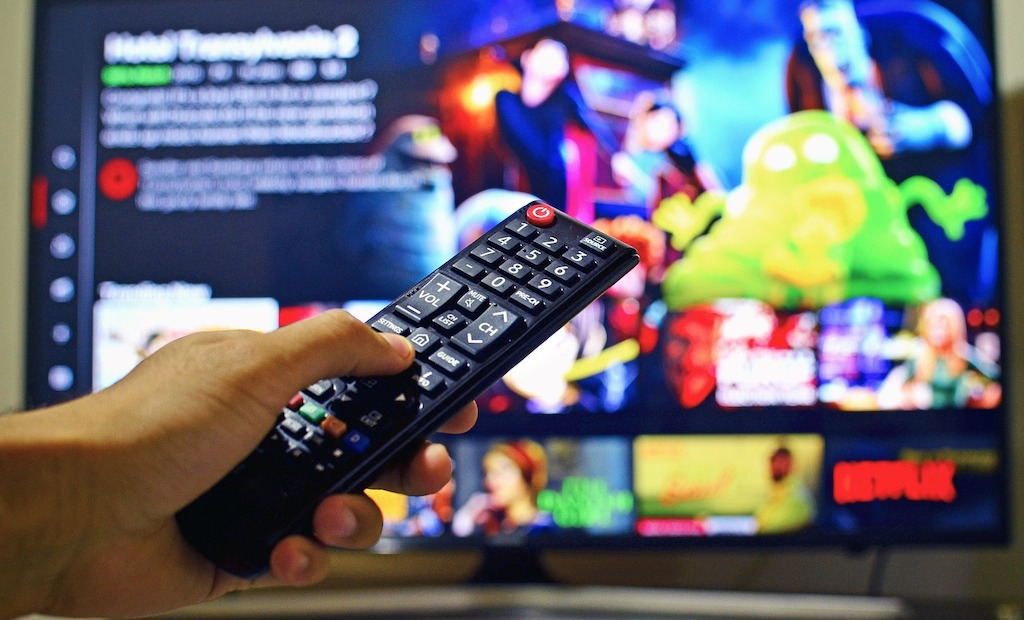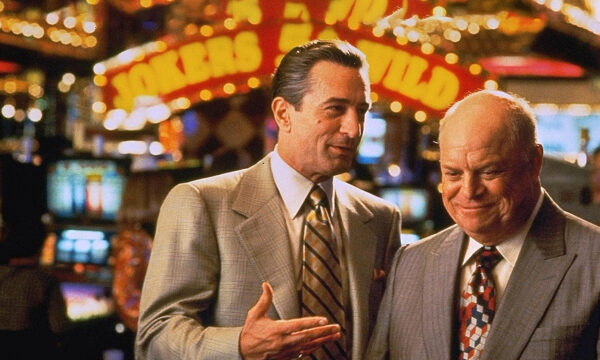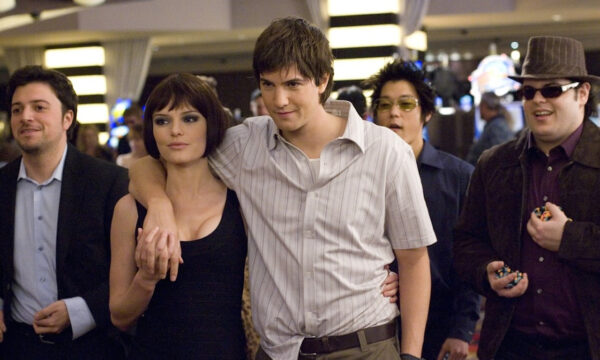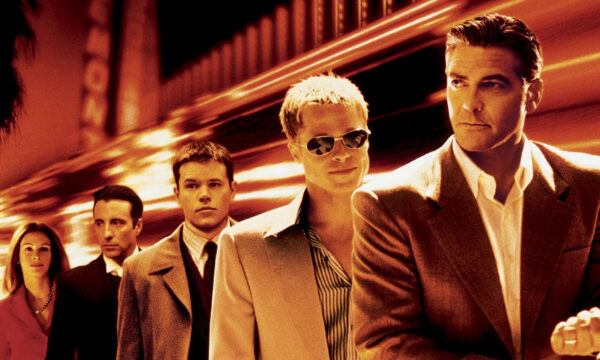Finding TV and movie tropes in other places

Both the big screen and the small screen have been around long enough that not only are the tropes well-worn and established, they are also well-known to those who aren’t even looking that hard. Some tropes have become so famous, however, that they have been leaking out into other forms of visual media, and here we’re looking at some of the most interesting examples.
Gaming
Games have come a very long way from presentations so basic that players had to try and fill in the story gaps themselves. Modern games very often get referred to as playable movies by critics, especially big blockbuster titles but also more niche and specialist games like the Alan Wake or Metro series which often lean into the movie premise more heavily.
As such, movie tropes have made their way into games in a huge way, not least of which the famous ‘villain monologue’ trope where the bad guy goes on and on long enough for the protagonist to act. Easily the most famous example has to be the legendary speech by Vaas in Far Cry 3, which somewhat calls out the trope by saying he and the protagonist will just keep coming back to this same point over and over, much in the way James Bond and his villains would.
Archetypes
Over a century of storytelling in film and literature has introduced a range of character types that are immediately recognizable. These archetypes include the grizzled detective, the eloquent villain, and the reluctant hero, all of whom have become cultural icons. These characters are so ingrained in our collective consciousness that they frequently appear as central figures in various types of media, serving as easily recognizable symbols that engage audiences.
Advertising
There was a point in history where a TV ad was a pure demonstration of the product on offer, presented fairly dryly if with some enthusiasm. Modern advertising, though, is often eye-catching first with information as a secondary, if not unneeded, addition. It means that advertisers have borrowed more than a little from familiar tropes over the years.
This has been most present in the relatively recent trend of ‘narrative’ ads, which is no better demonstrated in the UK than with the long-running Go Compare campaign that was iconic on British screens for 15 years. The ads contained multiple tropes, but of particular note is the self-referential and fourth-wall-breaking antics of recent versions that featured the Gio Compario appearing on-screen with the real opera singer who portrays him.
As much as tropes get maligned by critics in favour of new and untested ideas, we as a culture will always find some comfort and enjoyment in them. Even if TV and movies drop them over time, the above examples suggest we’ll still be seeing plenty of them for a while to come.
The editorial unit
























Facebook
Twitter
Instagram
YouTube
RSS